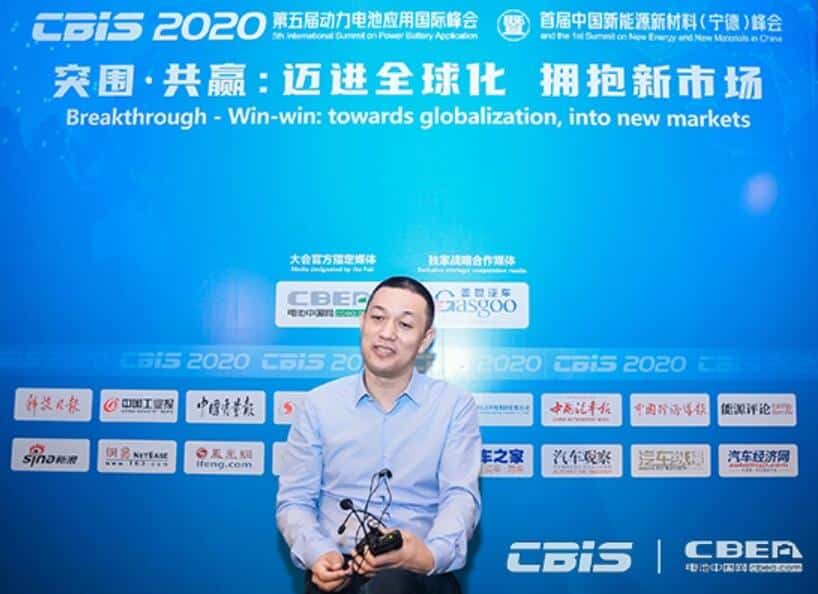In a recent interview, William Li Bin, founder and chairman of Nio, explained the misunderstanding about battery swap mode, saying that battery swap and charging are not opposed to each other.
In an interview published Monday on the China Battery Enterprise Alliance website, he said that charging is the foundation, and Nio's cars are also prioritized to be charged, and Nio's charging station installation ratio is also very high, up to about 70%.
"Nio's Superchargers are very easy to use, approaching over 300,000 third-party chargers from National Grid, Star Charge, and Teld," Li said.
Of course, in Li's opinion, there is no doubt that the battery swap has its special advantages in many scenarios, such as high-speed stations or when users do not have charging stations at home. For example, in high-speed stations or when there are no charging stations at the user's home.
If a battery swap station is set up in a densely populated area, it can serve hundreds or thousands of car owners with high efficiency. So battery swap and charging cannot be opposed to each other, he claims.
"It's like Gaokao, we have standard exams and an Olympic competition gold medal plus, you can interpret battery swap as 'Olympic competition gold medal plus' and that's not really something to argue about. " Li claims.
"Isn't it good to have charging facilities coming up? Everyone is convenient, we call it rechargeable and replaceable, not that only rechargeable and not replaceable, or only replaceable and not rechargeable, which is bad."
However, one problem that the battery swap model needs to face is that due to the large initial capital investment, it is difficult to make a profit until it achieves scale, which requires a balance between investment and return.
Li believes that all innovative service models have this problem. No business comes up and makes money, there is no such business in the world that has to go through an investment period first.
"Not only the battery swap station, charging stations also have this problem, the Internet back then all have this problem, such as the logistics system of Jingdong, all have a need to invest first in the early stage so that users go to enjoy a good experience, and then the scale-up on the line," Li said.
"Last year our battery swap station felt like no one was using it, and this year it started to line up, but that's the truth, it has a process."
Li said that Nio is not looking at battery swap as a profitable thing to do in the short term, but rather as a cost and an expense, and doesn't separately calculate when it will be profitable.
He said, for Nio, battery swap is like the company's treasury, how can we say how the treasury is profitable? Nio is more of a customer service provider.
Li said that since the official launch of the "body and battery separation" business model, Nio's sales have increased significantly, "our orders are significantly higher than before."
Li said, "Nio is an additional option for users, whether they want to buy a battery or rent one. Users are free to choose according to their spending habits and capital.
"I think it's quite cost-effective for users who have chosen to lease the battery, and it's quite cost-effective for users who have bought out the battery, so each will get what they need," Li said that from a pricing point of view, Nio is fully considered the cost of the battery, the cost of the user to bear, the cost of capital, as well as the cost of operations, and then a comprehensive decision.
Additionally, Li addressed the battery standardization issue that many people are concerned about. Li said that all of Nio's vehicles, including subsequent models, come in one size battery pack, and it is impossible to use several standards in terms of size.
He revealed that Nio can't make a particularly small car like the mini or Smart, but a Model 3-sized car can be deployed.
In Li's view, standards are not quite the same as standard products, just as there are many safety standards for cars, but that doesn't mean that all cars are the same length, standards are more of a regulation.
The first safety standard Nio participated in has already been released, and more than a dozen other standards are in the drafting process.
He believes that the standard product needs market behavior to decide, just like Nio's cars are used in a standard battery pack, the same size, if others are willing to use, then the battery pack will become a standard product.
"Nio has thought very long-term planning in the design of the battery pack; and Nio is open to developing it if others want to build on it," Li says candidly.

